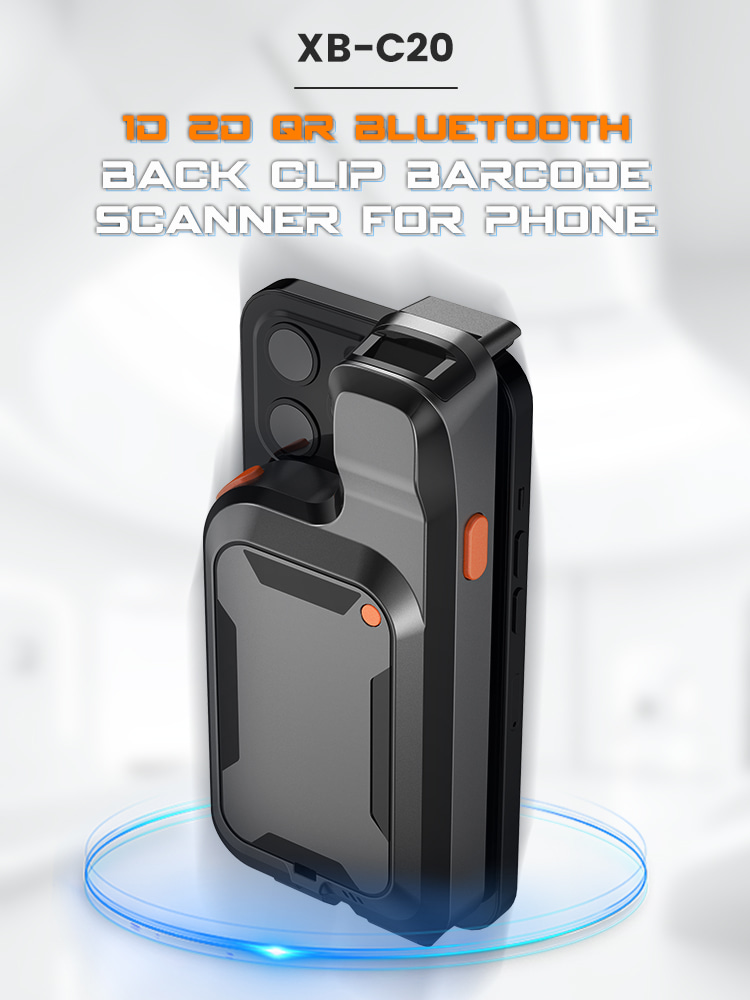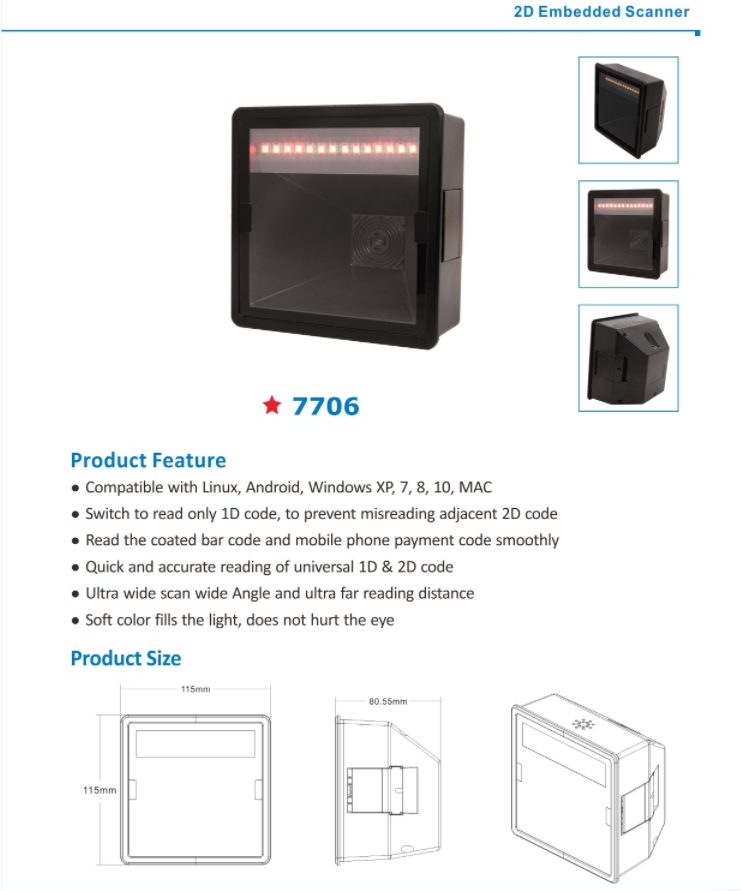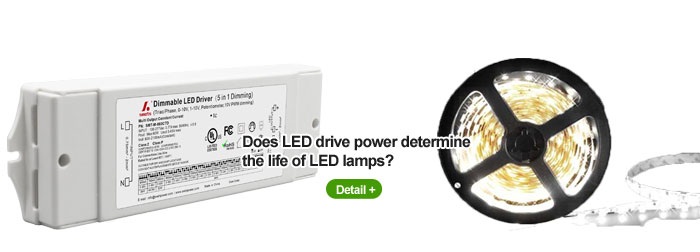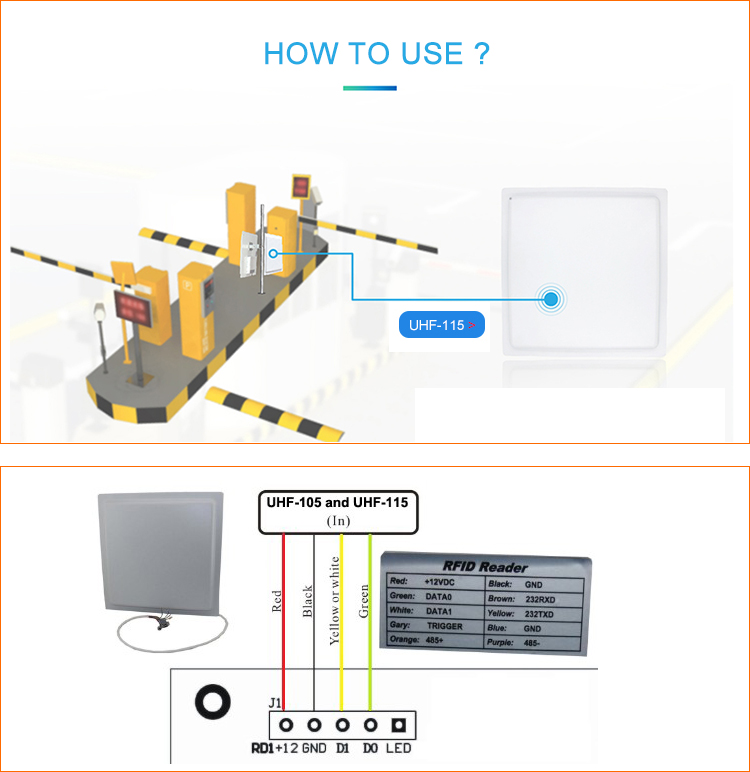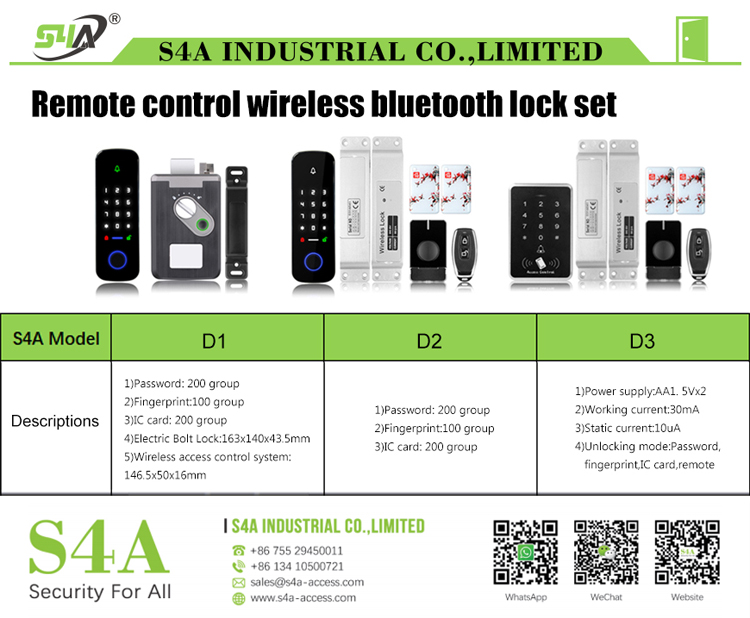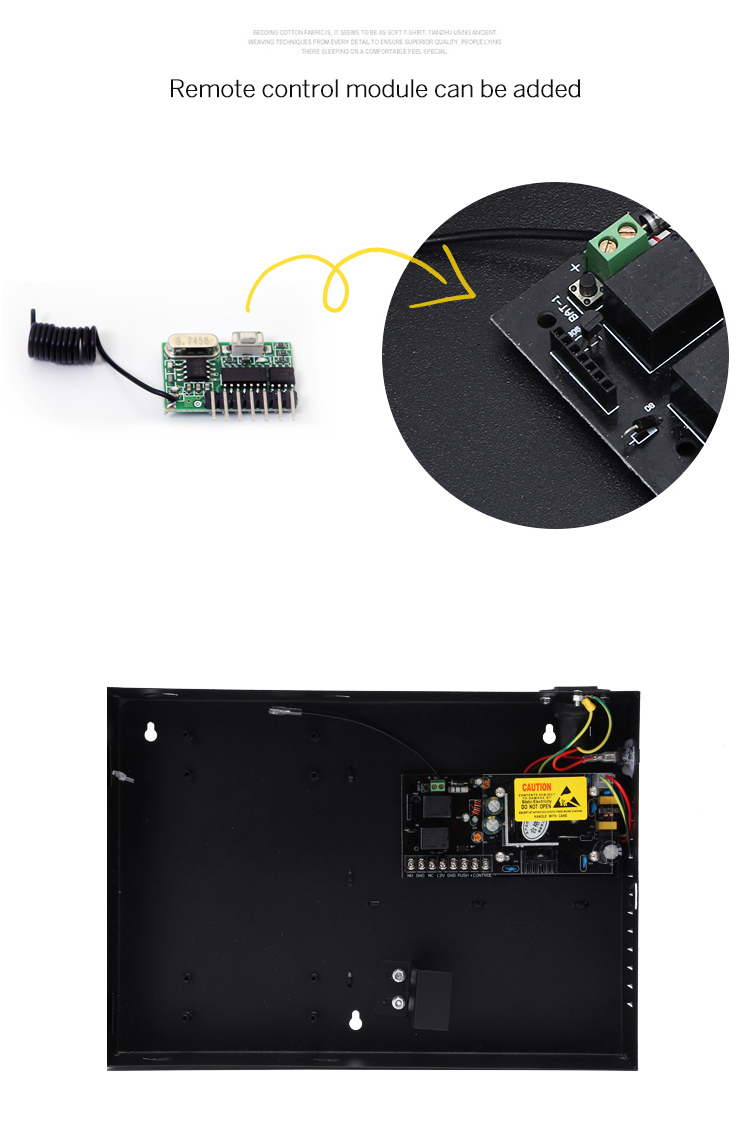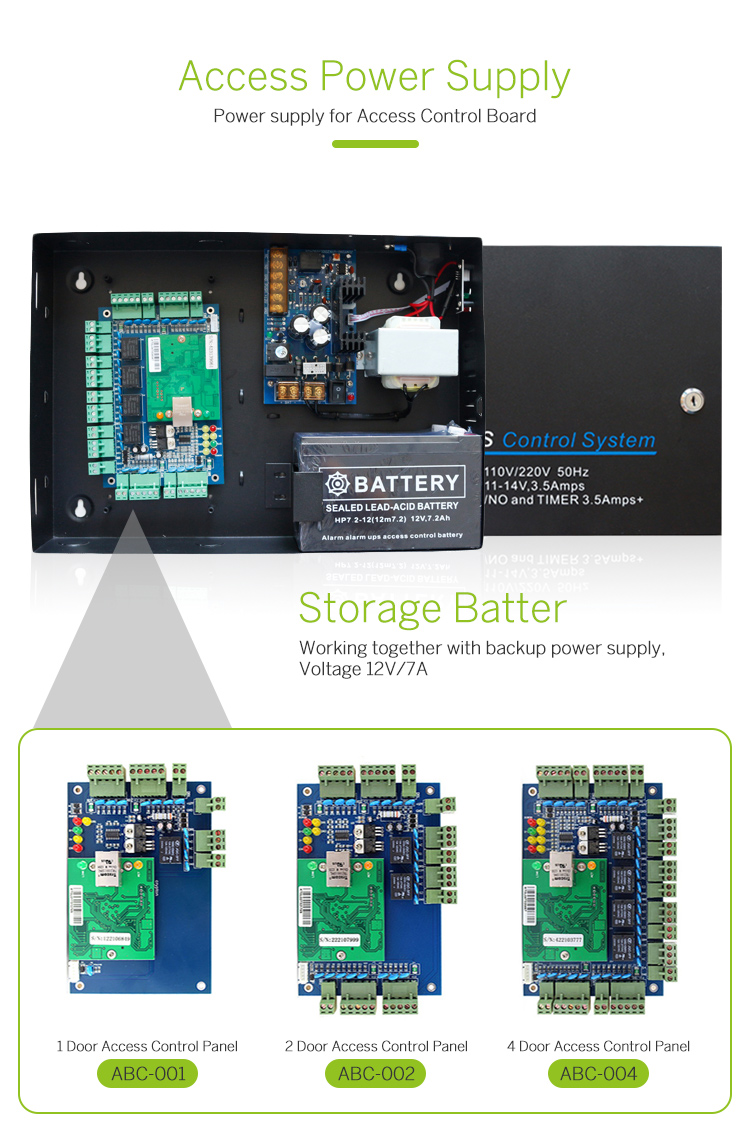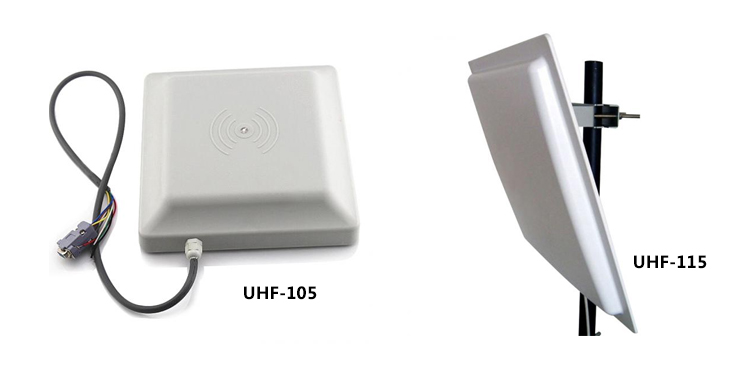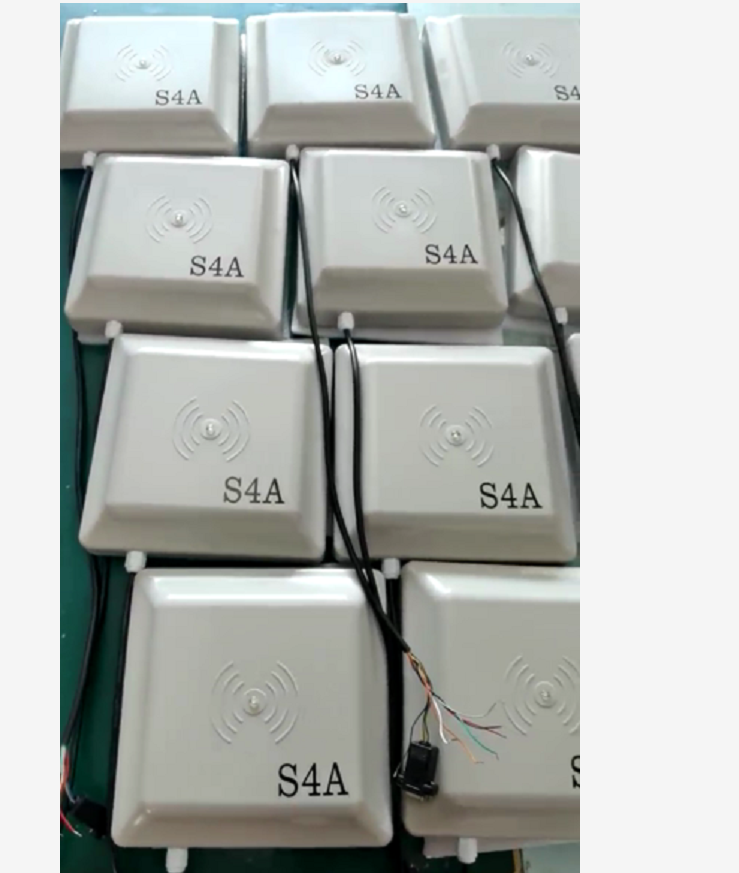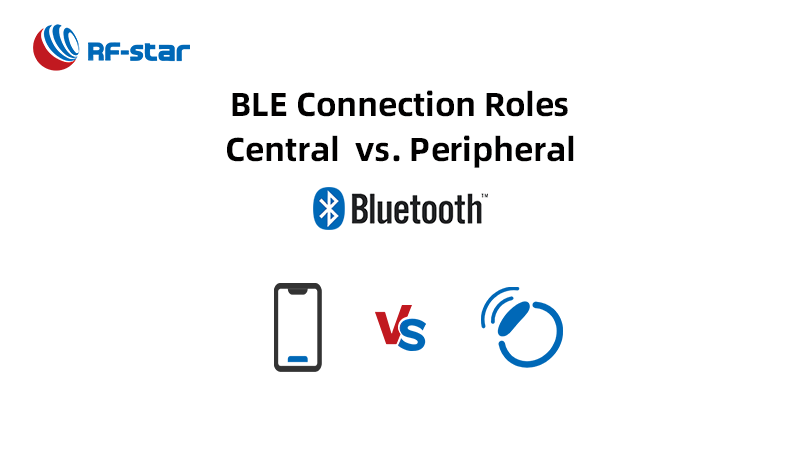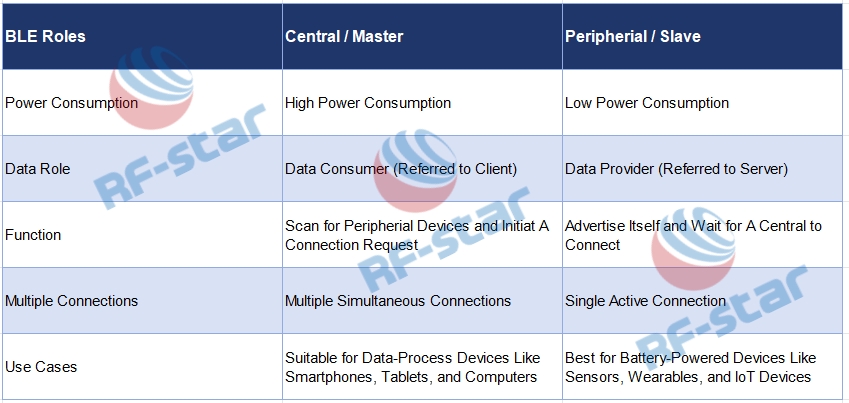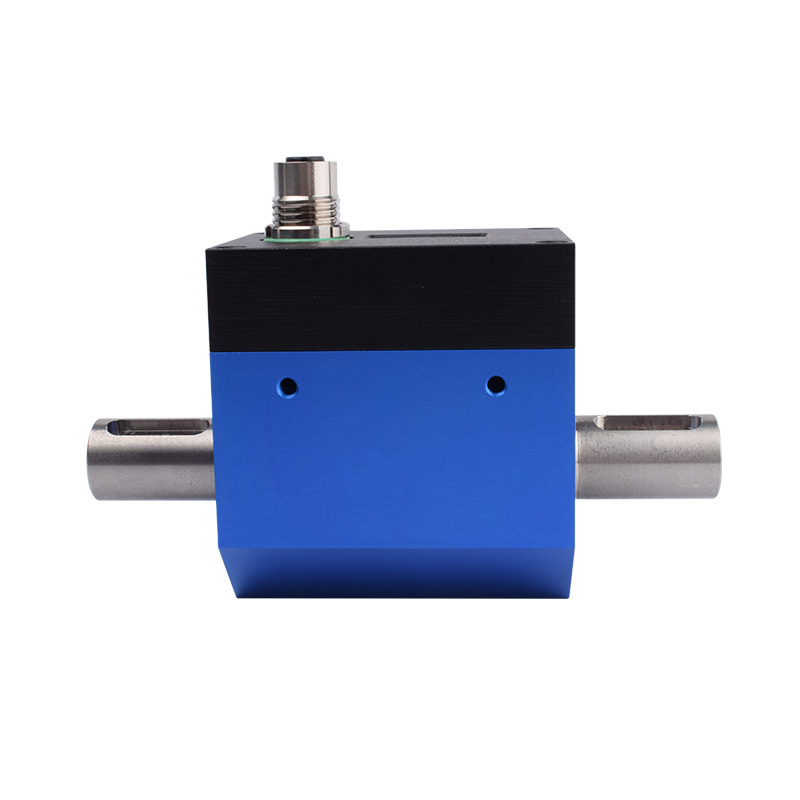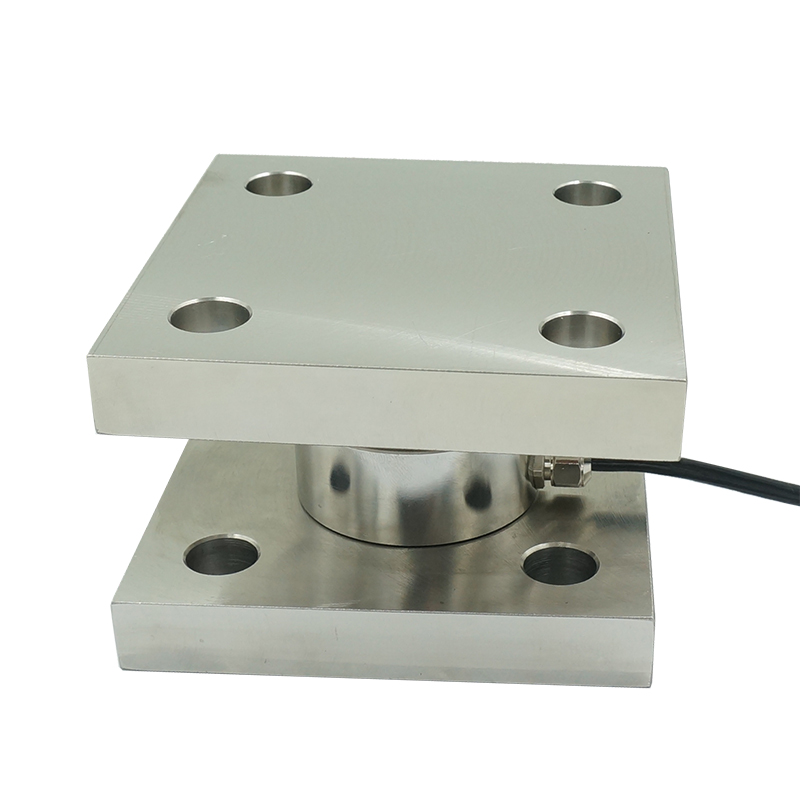Embedded and Portable Barcode Scanners, which are suitable Your Needs?
In this guide, we'll explore embedded and portable barcode scanners, comparing their features and benefits. Consider factors like scanning capabilities, ease of use, compatibility, and cost-effectiveness to find the ideal scanner. We'll also delve into real-world applications to showcase when each type excels.
1. Understanding the Key Features of Embedded Barcode Scanners
Embedded scanners are designed to be seamlessly integrated into devices or systems, such as retail point-of-sale terminals, kiosks, or manufacturing equipment. The specific features of embedded scanners is it can stand out, such as their compact form factor, which allows them to be discreetly incorporated into existing infrastructure. Embedded Barcode Scanners can apply for laser scanners or image-based scanners. (CCD and CMOS)
2.Exploring the Benefits of Portable Barcode Scanners for On-the-Go Scanning
Portable scanners bring the flexibility and convenience to various industries and scenarios. Their lightweight and handheld design, which allows users to easily carry the scanner and perform scanning tasks anywhere.The wireless connectivity options available in portable scanners, enabling seamless integration with smartphones, tablets, or other mobile devices. The mobility of portable scanners can help you to apply in, like inventory management, asset tracking, or field service operations.
3.Real-world Applications: When to Choose Embedded Barcode Scanners
The widely usage in retail environments, facilitating quick and accurate point-of-sale transactions are crucial factors we consider.Their application in manufacturing processes, where embedded scanners are employed for product tracking or inventory management. Embedded scanners are integrated into medical devices or patient identification systems.
4.Practical Advantages: When to Opt for a Portable Barcode Scanner
The mobility, flexibility, and on-the-go scanning capabilities are crucial factors we consider. When we explore the retail sector, where sales associates may need to scan barcodes on products while assisting customers on the sales floor. In the inventory management scenarios, such as warehouses or logistics operations, where the ability to scan barcodes in different locations is essential.
And here is the data table for your ref.
|
Subtopic |
Key Points |
|
Understanding the Key Features of Embedded Barcode Scanners |
- Seamless integration into devices/systems |
|
- Compact form factor |
|
|
- Discreet incorporation into existing infrastructure |
|
|
- Available scanning technologies: laser scanners, image-based scanners (CCD and CMOS) |
|
|
Exploring the Benefits of Portable Barcode Scanners |
- Flexibility and convenience |
|
- Lightweight and handheld design |
|
|
- Wireless connectivity options |
|
|
- Seamless integration with smartphones, tablets, and other mobile devices |
|
|
- Applications: inventory management, asset tracking, field service operations |
|
|
Real-world Applications: When to Choose Embedded Barcode Scanners |
- Retail environments for quick and accurate point-of-sale transactions |
|
- Manufacturing processes for product tracking and inventory management |
|
|
- Healthcare settings for integrating with medical devices and patient identification systems |
|
|
Practical Advantages: When to Opt for a Portable Barcode Scanner |
- Mobility and on-the-go scanning capabilities |
|
- Retail sector for scanning products while assisting customers on the sales floor |
|
|
- Inventory management in warehouses or logistics operations |
